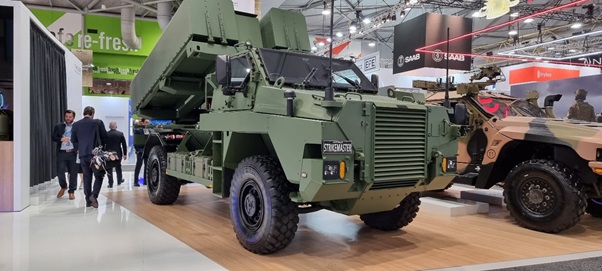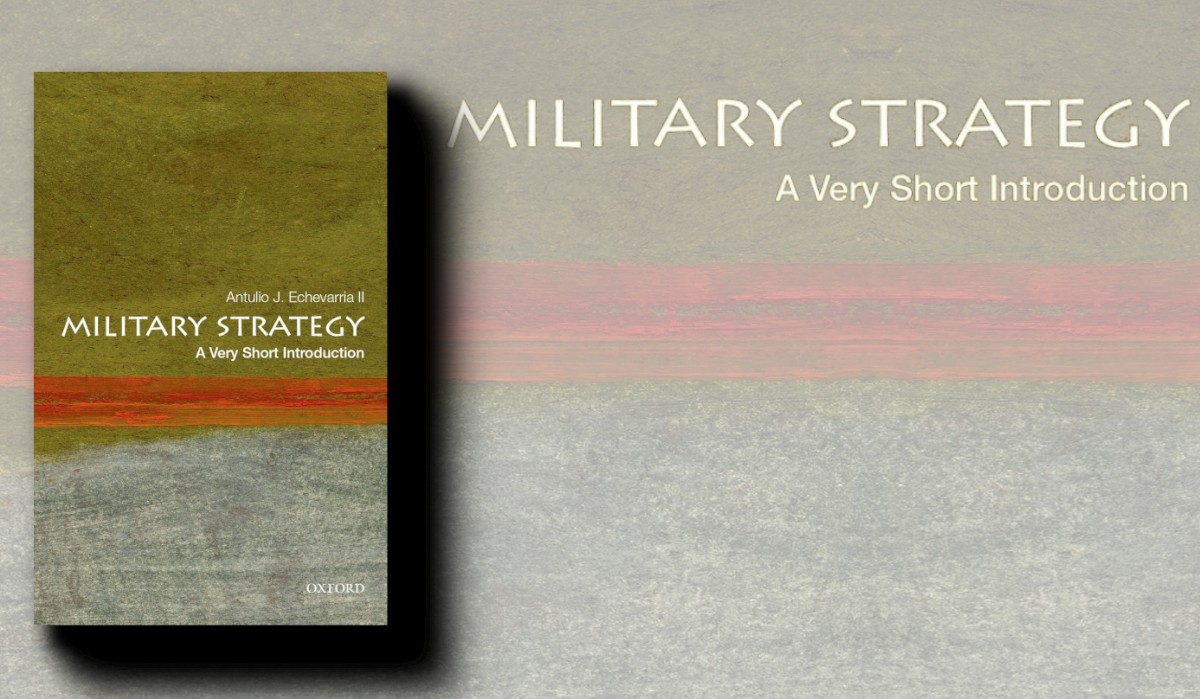The biggest event in Australia for the Defence industry, Land Forces 2022 was held in October 2022 in Brisbane. The expo featured 810 exhibitors and had a strong multinational flavour, including 159 delegates from 30 nations. Over three days, there were a total of 20,000 attendees at the event. For Army members, Land Forces represented not only an excellent opportunity to see what future platforms may become available, but also to get a better understanding of emerging technologies that industry is developing and how they could change the battlefield.
The prime contractors had large stands displaying their largest platforms. The Hanwha AS9 Huntsmen is very impressive with it’s 52-calibre gun. The Kongsberg and Thales StrikeMaster offers an elegant solution to providing distributed maritime strike capabilities, being easily deliverable to far-flung islands.
The conferences and evenings were filled with discussion around the relative benefits of drone versus tanks versus artillery, much of it focused on recent Ukraine experiences. What was missing from the discussion, however, was conjecture about how emerging technologies and capabilities will enable armies to shape the battlefield to allow manoeuvre. As the capability to deny manoeuvre increases, innovation will be required to facilitate manoeuvre - a characteristic of modern warfare that will remain critical for winning the land battle.
Walking the exhibition halls it was apparent that many small and medium-sized enterprises (SMEs) are innovating rapidly across a range of technologies. Artificial intelligence (AI) was being marketed by a range of vendors. AI has the potential for use in decision support in communications-denied environments and in complex situations where processing large amounts of data will preclude timely decision-making. Quantum technology offers capabilities that will enable the ADF to secure communications while reading those of others. It also promises better ISR and navigation capabilities in GPS-denied environments. There are a range of sensor manufacturers who offer extremely capable technology to drive robust ISR capabilities.
In discussions with the exhibitors, it was clear that several common challenges are faced by smaller defence companies looking to scale up. Many companies are competing for a range of limited resources. These resources – technical, physical, logistical and especially personnel - are scarce and tight competition amongst competing companies increases their scarcity and cost. This situation raises the question of whether a coordinating role is warranted as a part of a whole of government approach to defence manufacturing. If the ADF was to scale up, how would the requirements of labour and raw materials be managed? With the challenges entailed in scaling up production (particularly of artillery ammunition and guided weapons) that has been experienced during the Ukraine conflict, the question arises as to how industry and Defence would respond to similar challenges in Australia. During the Second World War, Australia adopted a centralised and collaborative approach among military manufacturers.
While Australia’s innovating SMEs are highlighting what is possible from emerging technology, there remains an opportunity to engage more widely and deeply in discussion about what is required to prevail on the future battlefield. Some companies spoke glowingly of their interactions with the Defence Innovation Hub, but other SMEs struggled to engage with Defence. This divergence of views suggests that more effort could be taken to enable Army to gain a better understanding of emerging technology and for SMEs to better understand how the modern battlefield operates, including the challenges that Army will face that could be solved with technology. Notably, the Defence Strategic Review announced the establishment of the Advanced Strategic Capabilities Accelerator, (ACSA), designed to provide the link between Defence and innovative SMEs. This initiatives provides an excellent opportunity to improve bidirectional communication between the two camps leading to better exploitation of capability development within the parameters of technological innovation and tactical requirements.
True innovation occurs when people with problems work with people with solutions. It is therefore as important to educate officers and SNCOs NCOs about the kinds of emerging technologies that the Defence industry is working on, as it is to educate industry about the problems that Army has. The confluence of these two groups will better link problems and technologies, leading to quicker and more cost-effective battlefield solutions. The military has a long history of driving innovation when it needs to – an excellent example being the First World War experiences of Sir Lawrence Bragg. Bragg was a South Australian physicist and the youngest Nobel laureate in physics. As a lieutenant in the Royal Horse Artillery in the early 1900s, he developed the techniques required for sound ranging in the First World War, which supported the development of mobility out of the trenches by 1917. This innovation largely came about because Bragg was colocated with Canadian gunners whoe were keen to find ways to better locate hostile batteries. Fortuitously, Bragg had the scientific knowledge to develop a solution. The seed of innovation was watered by resources allocated to him by the Canadian Artillery units he worked with.
As a part of Land Forces 2022, the Australian Association for Uncrewed Systems hosted the ‘Autonomy in the Joint Military Battlespace’ conference which was an excellent opportunity to understand the recent developments in autonomous systems and artificial intelligence on the battlefield. The conference featured a range of excellent speakers across the sea, land and air domains.
The legal liability for human-machine teams was discussed, suggesting a range of limitations on the practical application of autonomous systems. However, the presentation missed two important points in the debate. Firstly, when new weapon systems are introduced into the battlefield, norms around what is ‘acceptable usage’ tend to develop through practice, often as one side seeks to exploit technological advantage for tactical gains. Examples include the use of submarines, gas, and nuclear weapons. Secondly, military forces have employed autonomous systems for thousands of years – our soldiers. It is through proper training and exercises that their behaviour is guided – it will be similar to the employment of autonomous systems. Training the algorithms will see better responses to confusing situations, something that is a part of the enduring nature of war.
From the range of Uncrewed Autonomous Systems (UAS) presentations, it is clear that Australia has a range of excellent SMEs building a range of innovative platforms. What was noticeable was the lack of a tactical capability similar to that provided by the Turkish TB-2 – a cost effective and simple to employ platform with Medium Altitude and Long Range Endurance. A range of options exist. Of these, a cost-effective solution like that offered by Kratos Defence, traditionally a manufacturer of high performance target drones, has proven very cost effective.
There also exists the opportunity to develop Australian sovereign manufacturing capability for the development of platforms to provide close air support to troops in contact.
Colonel Robin Smith presented on the work of RICO – the Robotic and Autonomous Systems Implementation and Coordination Office. He described the impressive leader-follower capability developed for vehicle convoys, whereby the first vehicle has a driver and the rest follow on behind under autonomous control. Reducing the number of personnel needed to crew a convoy could become a key capability requirement if the Army scales up quickly. This is an excellent example of innovation that will improve performance on the battlefield.
Not only do Land Forces expos represent an opportunity to see the major platforms that Army may field in the future, but they are also excellent opportunities to see the emerging technologies that are being developed within the industry. It will be these emerging technologies that will shape the direction of future warfare. Accordingly, understanding these technologies will be key to developing them into capabilities, and then employing them in combat lawfully Addressing the current disconnect between innovative SMEs driving technology innovation and the requirements of Army in the field offers an excellent starting place for the ASCA and Army to bridge the gap and speed innovation.
Note: The author attended Land Forces 2022 as a guest of the Australian Army Research Centre.





